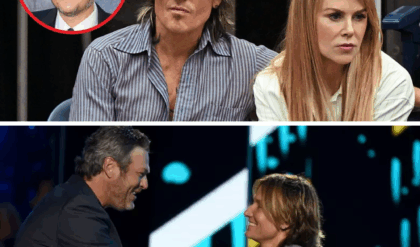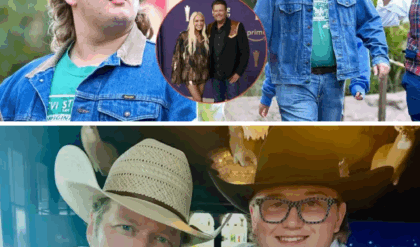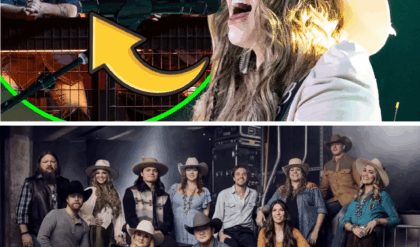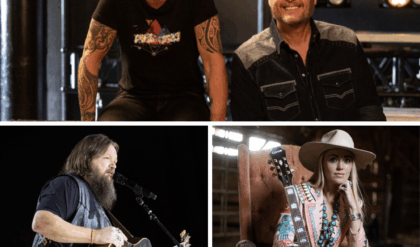At 6:59 AM on Monday, June 16, 2025, Elon Musk, the visionary leader of Tesla, SpaceX, and xAI, made a bold announcement on X that has electrified the tech world: Tesla plans to begin offering public robotaxi rides in Austin, Texas, starting June 22, utilizing approximately 10–20 Model Y vehicles operating under remote supervision. The revelation, posted just hours ago as Musk flies from Los Angeles to Austin to oversee preparations, marks a pivotal moment for the electric vehicle giant, which has long promised autonomous driving technology. This tentative launch, fraught with safety concerns and high expectations, comes amid a competitive landscape and Musk’s recent political shifts, setting the stage for a transformative yet scrutinized rollout.
Musk’s announcement came in response to a query from a follower, where he confirmed, “Tentatively, June 22. We are being super paranoid about safety, so the date could shift.” He added that the first Tesla vehicle would drive itself from the factory end of the line to a customer’s home on June 28, aligning with his birthday. The update follows months of speculation, with Tesla testing driverless Model Ys on Austin streets, as evidenced by recent sightings of a “Robotaxi”-branded vehicle navigating intersections. The initial fleet, comprising 10–20 Model Y SUVs, will operate in geofenced “safest” zones of Austin, monitored remotely by Tesla staff, reflecting a cautious approach to a technology Musk has championed for nearly a decade.
The timing of this launch is significant. Tesla’s global EV sales have softened due to rising competition from Chinese manufacturers and a backlash against Musk’s right-wing political views, notably his recent fallout with President Donald Trump over tax policies. Musk’s tenure co-heading the Department of Government Efficiency (DOGE) ended in discord, with Trump distancing himself after Musk’s Epstein-related comments, leaving Tesla to pivot toward autonomy as a growth engine. A successful robotaxi service could bolster the company’s valuation, which analysts attribute largely to its self-driving ambitions, though it faces skepticism given past delays and safety concerns.
Austin, Texas, was chosen for its tech-friendly environment and minimal regulatory oversight, a stark contrast to California’s stringent AV laws. Tesla relocated its headquarters there in 2021, leveraging the city’s wide roads and AI talent pool, already home to competitors like Waymo and Zoox. Musk has emphasized a phased rollout, starting with a small fleet to ensure safety before expanding to cities like Los Angeles and San Francisco later in 2025. The Model Ys will use an “unsupervised” version of Tesla’s Full Self-Driving (FSD) software, a step beyond the current supervised FSD, though remote human oversight will initially mitigate risks—a departure from Musk’s earlier claims of universal autonomy.
Safety remains a focal point. Musk’s “super paranoid” stance follows years of criticism over FSD’s track record, including investigations by the National Highway Traffic Safety Administration (NHTSA) into crashes under poor visibility. The geofenced approach, limiting operations to controlled areas, mirrors Waymo’s strategy, though Tesla relies on camera-based systems rather than the lidar and radar used by rivals. Recent tests, including a video Musk reposted showing a driverless Model Y turning at an intersection, demonstrate progress, but experts like Carnegie Mellon’s Phil Koopman caution that 10–20 vehicles are “table stakes”—insufficient to prove scalability. Protests by groups like the Dawn Project, citing FSD’s limitations, are planned for June 12 in Austin, adding pressure to the launch.
The tech community’s response is a mix of excitement and doubt. Posts on X reflect enthusiasm, with users like @SawyerMerritt noting the imminent rollout, while others question Musk’s timeline reliability, given his history of overpromising—such as the 2019 pledge of 1 million robotaxis by 2020. Tesla’s stock saw a modest uptick this morning, though analysts attribute it to broader market trends rather than the announcement alone. The company’s recent $300 million deal with Telegram to integrate Grok and its $113 billion valuation post-merger with X bolster xAI’s data resources, potentially enhancing FSD’s AI, but details on the robotaxi service’s operation—pricing, access, and supervision extent—remain scarce.
Musk’s personal involvement adds intrigue. After a Father’s Day spent with son Lil X, his focus shifted to Austin, where he’s overseeing the launch firsthand. This hands-on approach echoes his Tesla Model 3 “production hell” days, though his recent political exit from DOGE might free up time for technical oversight. The June 28 milestone, coinciding with his birthday, suggests a symbolic push, but his “date could shift” caveat reflects realism—or caution—amid safety scrutiny. The Memphis supercomputer “Colossus,” with 1 million Nvidia Blackwell chips, could accelerate FSD training, though its gas turbine reliance has drawn environmental protests.
Competitors offer a benchmark. Waymo, operating in Austin via Uber since March, has logged millions of test miles, while Zoox and Avride test locally with robust sensor suites. Tesla’s camera-only system, cheaper but less proven, risks underperforming in complex urban settings, as noted by safety researcher Noah Goodall. Musk counters that Tesla’s “generalized” approach outpaces rivals, a claim tested by this pilot. The initial 10–20 vehicle fleet, expandable to thousands if successful, hinges on remote supervision’s effectiveness—a compromise from his “works anywhere” vision.
Public sentiment, gauged from X, is polarized. Fans celebrate the innovation, with one post calling it “Elon’s moonshot moment,” while critics warn of safety lapses, citing FSD’s crash history. The Austin community, hosting Tesla’s Gigafactory, is divided—some welcome economic boosts, others fear traffic or job losses. Local officials, blocked from releasing details by Tesla and the Texas Attorney General, express concern over unregulated deployment, echoing national debates on AV oversight.
The launch’s success could redefine Tesla’s future. With EV sales dipping and the Cybercab delayed to 2026, robotaxis are a make-or-break bet, as Musk stated on a 2024 earnings call: investors doubting autonomy should sell their stock. The June 22 start, if it holds, will be a litmus test, with expansion plans hinging on performance. For Musk, it’s a chance to reclaim narrative control post-Trump, leveraging his $421 billion net worth and xAI’s AI prowess. For Austin, it’s a tech frontier with uncertain stakes.
As of 2:04 PM today, June 16, 2025, the countdown to June 22 begins. Whether Tesla delivers a seamless ride or faces setbacks, this moment encapsulates Musk’s gamble—blending bold vision with pragmatic caution. The world watches, balancing hope with hard-earned skepticism, as Austin’s streets prepare to host the future of transport.





